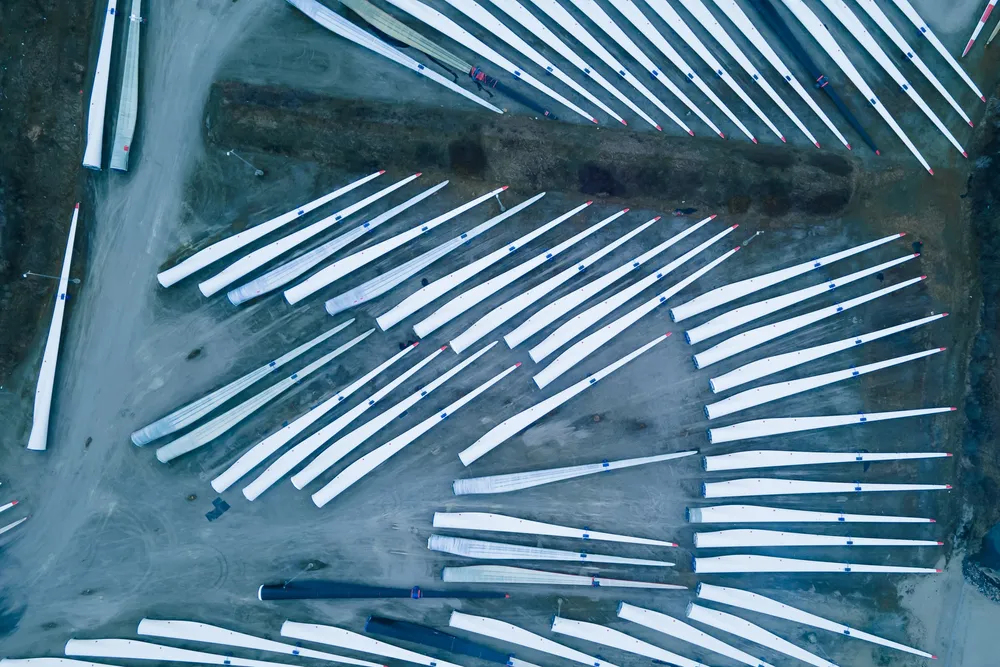Could wind companies rush parts across US border to beat Trump tariffs?
US President reached last-minute deals to delay imposing 25% tariffs on Canada and Mexico but threat looms large over wind industry

Wind power companies might choose to rush components across the US border in the next month to beat tariffs Donald Trump has threatened against Canada and Mexico that will push up prices across the sector, say analysts.
Trump pledged to slap 25% tariffs on Canada and Mexico and raise tariffs a further 10% on China – the three closest trading partners of the US – during his election campaign and in the run-up to his inauguration as US president last month.
The White House announced last weekend that the tariffs were being implemented. However, Trump struck last-minute deals with his Canadian and Mexican counterparts, Justin Trudeau and Claudia Sheinbaum, agreeing to a 30-day reprieve.
China was not so lucky, with a 10% bump to existing US tariffs coming into effect. Trump has said he will also “definitely” enact tariffs on the EU, which has threatened countermeasures, as he ramps up his nationalist and protectionist political agenda.
A trade war between the US and its closest trading partners will have wide-ranging impacts on the wind industry, particularly the rollout of wind power in the US, which Trump is in any case staunchly opposed to.
As there are no major offshore wind component manufacturing facilities in the US yet, he said the sector “still depends heavily” on the established European supply chain.
The onshore segment is “more protected,” with “significant onshore turbine manufacturing capacity in the US, although not enough to cover the country's demand.”
Manufacturers still import a “significant number” of major components like blades, he said, not least from Mexico and Canada.
The cost of capital for new power projects in 2024 fell to levels last seen in 2022, said BNEF, which said the outlook for financing power projects should improve modestly in 2025 as central banks cut rates. “This will have an outsized benefit on Capex-intensive renewables and storage projects.”
It warned however that “rising protectionism in the form of import tariffs has the potential to reverse recent cost declines,” alluding to Trump’s actions since taking office.
Endri Lico, principal analyst of Wind Supply Chain & Technology at Wood Mackenzie, said that protectionist policies, especially tariffs, typically drive up project Capex as they reduce supply chain flexibility.
“It remains to be seen when and if these tariffs will be effective and also which onshore projects will be impacted, as wind turbine OEMs may push for higher exports in the remaining 30 days and store equipment, at least for the projects that they need to deliver this year."